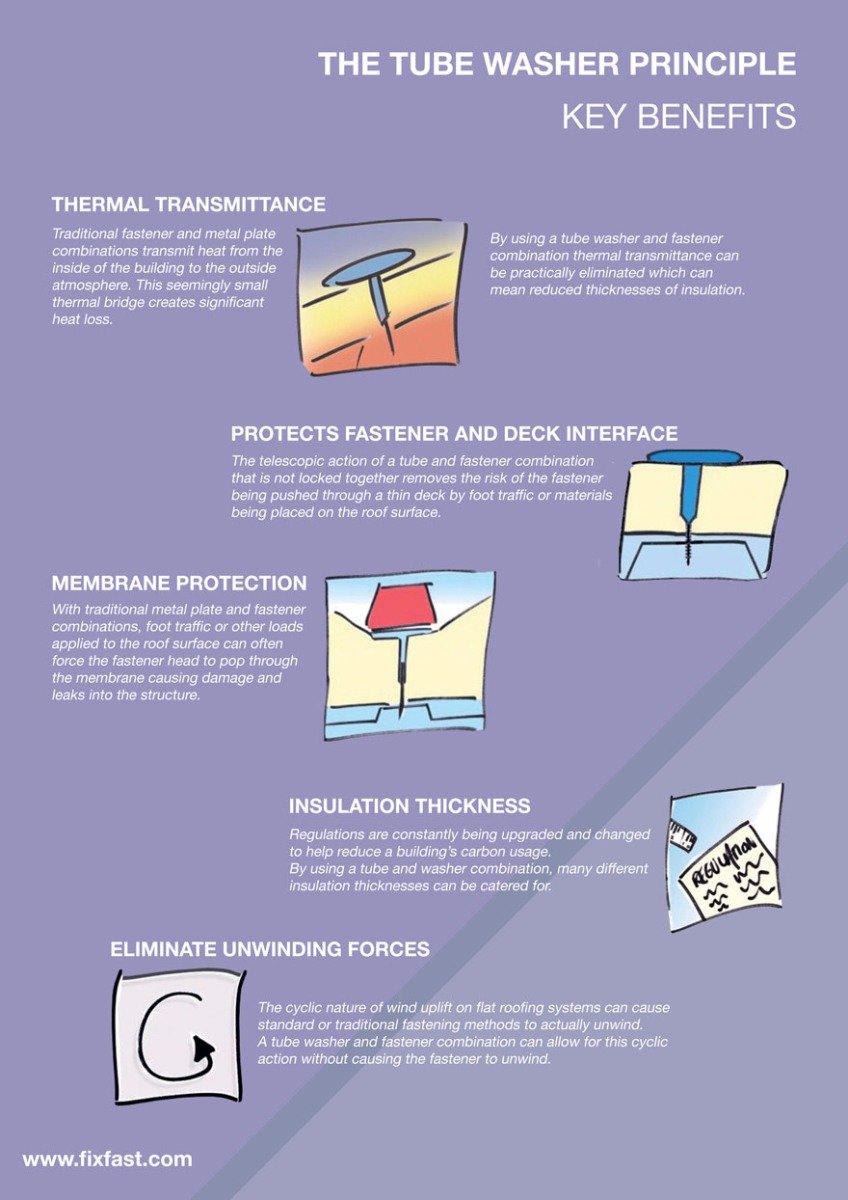Comparing Photovoltaic Panel Types: Which Is Best For Your Home?
Comparing Photovoltaic Panel Types: Which Is Best For Your Home?
Blog Article
Short Article Developed By-Guy Finn
When it concerns choosing the appropriate photovoltaic panels for your home, the choices can be frustrating. Each kind uses distinctive benefits and compromises, making it important to identify which variables straighten best with your goals. Whether your emphasis is on efficiency, cost-effectiveness, or visual appeals, there's a solar panel type that can satisfy your requirements. So, before you decide, consider the crucial facets that will affect your solar energy system's efficiency and suitability for your home.
Monocrystalline Solar Panels
When considering photovoltaic panels, you may stumble upon monocrystalline solar panels. These panels are understood for their high effectiveness prices as a result of their building and construction from a single continual crystal framework. This layout permits monocrystalline panels to do far better in reduced light problems contrasted to various other kinds of solar panels. In addition, their streamlined black appearance makes them a prominent option for household installations, blending in seamlessly with a lot of roofs.
One crucial benefit of monocrystalline solar panels is their space efficiency. They need less area to create the very same amount of electrical energy as various other photovoltaic panel kinds, making them excellent for homes with limited roofing system area.
While monocrystalline panels have a tendency to be more costly in advance, their long-term sturdiness and performance usually make them an economical investment in the realm of solar power. If you prioritize efficiency and looks in your solar panel choice, monocrystalline panels could be the appropriate selection for your home.
Polycrystalline Solar Panels
Polycrystalline photovoltaic panels, additionally referred to as multicrystalline solar panels, provide an alternate option to monocrystalline panels. These panels are made from silicon crystals that are thawed with each other, producing a much less uniform look contrasted to monocrystalline panels.
Among solar panels in residential buildings of polycrystalline panels is their reduced manufacturing expense, making them a much more affordable option for house owners wanting to buy solar energy.
While https://solarpaneloutputvoltage08652.onzeblog.com/29318214/investigating-solar-energy-enterprises-considerable-variables-to-take-into-consideration-in-prices-guarantee-and-solution-provisions might have a somewhat lower performance rate compared to monocrystalline panels, they still use a reputable and cost-efficient method to generate solar power for your home. These panels perform well in heats and are a long lasting choice for a variety of environments.
If you have a bigger roofing area and are looking to optimize your power manufacturing without breaking the bank, polycrystalline panels could be the right option for you.
When taking into consideration photovoltaic panel alternatives for your home, it's necessary to weigh the cost-effectiveness and effectiveness of polycrystalline panels versus your energy needs and budget plan restraints.
Thin-Film Solar Panels
Proceeding to Thin-Film Solar Panels, these panels offer a distinct option to typical silicon-based alternatives like polycrystalline panels. Thin- https://transparentsolarpanels66555.blogacep.com/34491540/analyzing-solar-power-providers-key-aspects-to-consider-relating-to-prices-warranty-and-customer-support are light-weight and flexible, making them much easier to set up on different surface areas like bent roofs or walls. They're also much more cosmetically pleasing, assimilating seamlessly with the architecture of your home.
Nevertheless, it's essential to note that thin-film panels typically have reduced effectiveness rates compared to crystalline silicon panels. This indicates you may require more room to produce the very same amount of power.
On the silver lining, thin-film panels execute better in low-light conditions and have a lower temperature coefficient, implying they can generate even more power on warm days. If you have sufficient area and are trying to find a flexible and aesthetically appealing photovoltaic panel option, thin-film panels could be an excellent option for your home.
Verdict
To conclude, when picking the most effective photovoltaic panel type for your home, consider your power requires, budget, and space restraints. Monocrystalline panels give high effectiveness in restricted room, while polycrystalline panels provide an economical choice with reliable efficiency. Thin- visit here provide versatility and aesthetic allure however might have lower effectiveness rates. By evaluating these elements, you can choose the solar panel type that finest fits your specific requirements.
